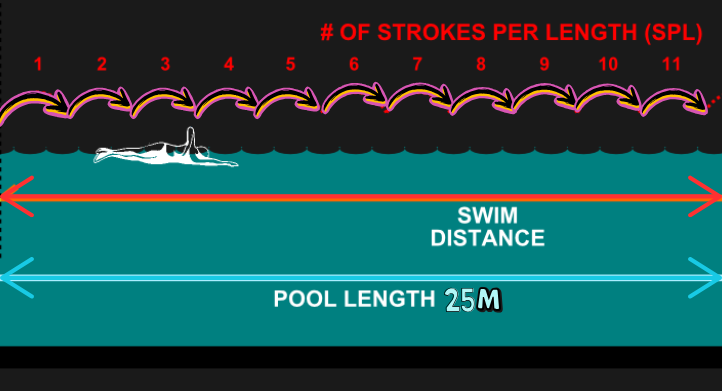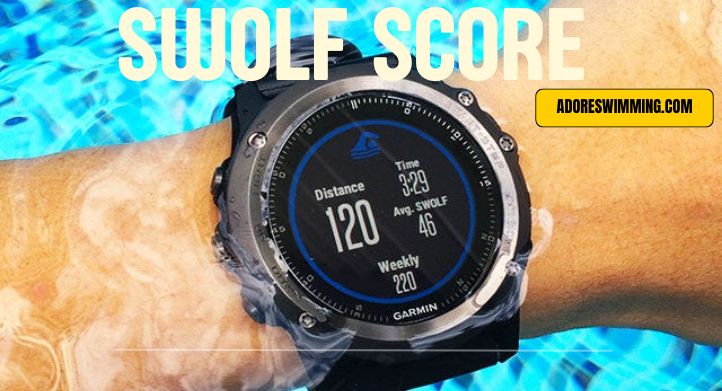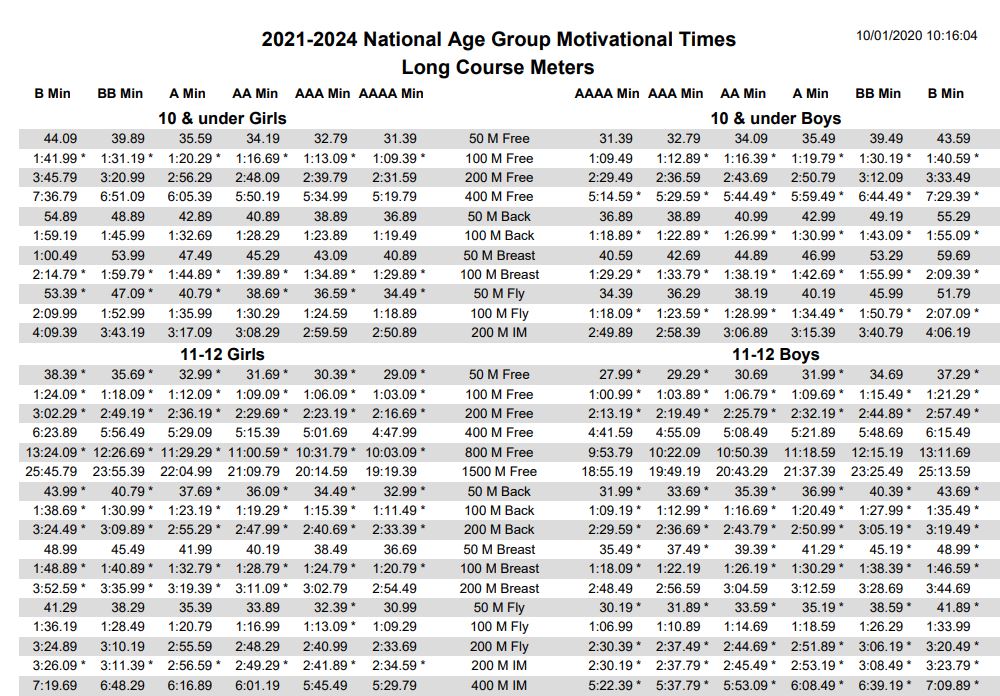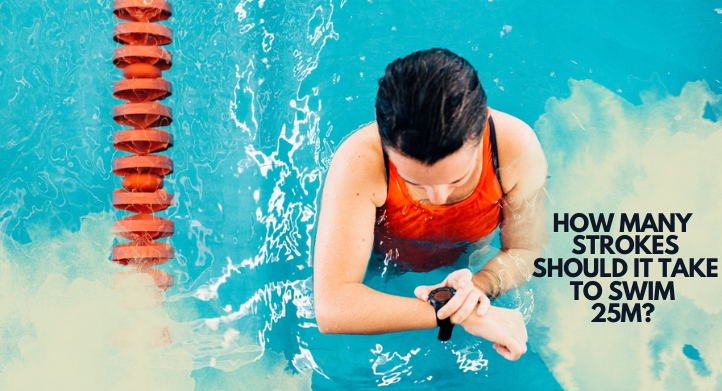How many strokes should it take to swim 25m?
Generally, these are the number of strokes for 3 groups of swimmers in 25 meters:
- Elite Swimmers: Approximately 11–15 strokes per 25 meters.
- Competitive Swimmers: Around 16–20 strokes per 25 meters.
- Recreational Swimmers: Typically 20–30 strokes per 25 meters
But these are the different experiences of stroke counting:
- An 8-year-old kid should have 20 and 25 strokes on 25m to go fast.
- For a person who just swum for 4 weeks for his fitness, the freestyle stroke count is 23.
- A person had 37 strokes and after 6 months, considering dropping his one arm while the other arm was pulling, he reached 14 strokes.
What is the 25m Swim stroke formula?
The basic formula is:
![]()
SR is the number of strokes taken per minute.
TPS is the time it takes to complete one stroke cycle (can be calculated as 60 / SR).
Alternative formula for efficiency is:
![]()
DPS is how far a swimmer moves with each stroke. This is usually measured in meters per stroke (m/stroke).
SR is the number of strokes taken in one minute.
Example:
If a swimmer has:
DPS = 2 meters per stroke (covers 2 meters per stroke)
SR = 30 strokes per minute
The swimmer’s efficiency for swimming 25 meters can be:
1.First, calculate the stroke rate per second:

2.Then, calculate the number of strokes for 25 meters:

How to optimize stroke count in 25 meters?
Several factors can affect how many strokes it takes to swim 25 meters. First, consider these factors and then answer this question: How many strokes should it take to swim 25m? :

- Body Size and Arm Length: Taller swimmers with longer arms can reduce their stroke count. A person shared that he is 192cm tall with a 206cm wingspan, so he expects a lower stroke rate.
- Swimming Technique: Proper body rotation and hand entry can reduce stroke count. High elbow during the pull phase can enhance propulsion and reduce stroke count.
- Kick techniques: a strong and kick contributes to better body position. Kicking from your glute instead of your knee can reduce stroke counts. The kick should start from your glutes and resonate downward. a 4-6 beat kick can help maintain body alignment and improve stroke efficiency
- Core strength: A strong core aids in maintaining a streamlined body position, reducing drag, and improving stroke length.
- Breathing Technique: Turn your head to breathe at the right moment, around the 10 o’clock position. If you turn too much, like to 7 or 8 o’clock, it causes your head to twist too far to the side.
- Streamlining and Body Position: Maintaining a horizontal body position and minimizing drag are essential for efficient swimming. Try to keep your eyes looking straight down as much as possible
How to Measure Swim Stroke Efficiency in 25 meters?
If you do not know how many strokes should it take to swim 25m? First, you should measure it with the 3 ways below, then compare your stokes with others and know what you can do to improve it:

- Distance per Stroke (DPS): This metric indicates how far a swimmer travels with each stroke. A higher DPS suggests better stroke efficiency. Factors influencing DPS include body geometry, drag profile, and the amount and duration of propulsive force applied.
- Stroke Rate (SR): This refers to the number of strokes taken per minute. While a higher SR can increase speed, it may reduce DPS. Elite swimmers often find a balance between SR and DPS to optimize efficiency.
- SWOLF Score: A composite metric combining stroke count and time per lap (e.g., 25m). The goal is to achieve a lower SWOLF score, indicating improved efficiency. For example, a 25-meter swim completed in 20 seconds with 20 strokes results in a SWOLF score of 40. Tracking SWOLF over time can help monitor improvements in stroke efficiency.
Consistently tracking metrics like DPS, SR, and SWOLF can help swimmers identify trends and make necessary adjustments to their training
FAQ
How many freestyle strokes per 25m?
- for 11–15 strokes per 25 meters in a 25-meter for competitive swimmer
- 16–20 strokes per 25 meters for many swimmers
- from 20 to 30 strokes per 25 meters for beginners.
How many strokes breaststroke 25m?
- Elite swimmers often aim for 5–6 strokes per 25 meters in a short course (25m) pool. This efficiency is achieved through a powerful underwater pullout and streamlined body position.
- Training Recommendations: A coach shared, "I insist that my 13 & over swimmers be able to do 8 strokes/25 m in training.
- Many swimmers report taking 12–16 strokes per 25 meters during moderate-paced swims.
How many butterfly strokes per 25m?
- Swimmers often aim for 8–12 strokes per 25 meters in a 25-meter pool
- Many swimmers fall within the 12–16 strokes per 25 meters range
- For Beginners Swimmers: It's common to see stroke counts ranging from 16 to 20 strokes per 25 meters
How many backstroke strokes per 25m?
- Elite swimmers often aim for 12–16 strokes per 25 meters in a 25-meter pool
- Recreational and Triathletes fall within the 16–20 strokes per 25 meters range
- It's common to see stroke counts ranging from 20 to 30 strokes per 25 meters
Average 25m swim time by age?

You can see the full PDF; click here.
How to count strokes in swimming?
- Manually count every arm movement in freestyle or butterfly, or each complete arm cycle in breaststroke and backstroke.
- Stroke Rate (SR): It's calculated by counting the strokes over a set period and adjusting for a full minute.
- SWOLF Score: A composite metric combining time per lap and stroke count. For instance, a SWOLF score of 30 means it takes 30 seconds and 30 strokes to complete a lap



Leave A Comment